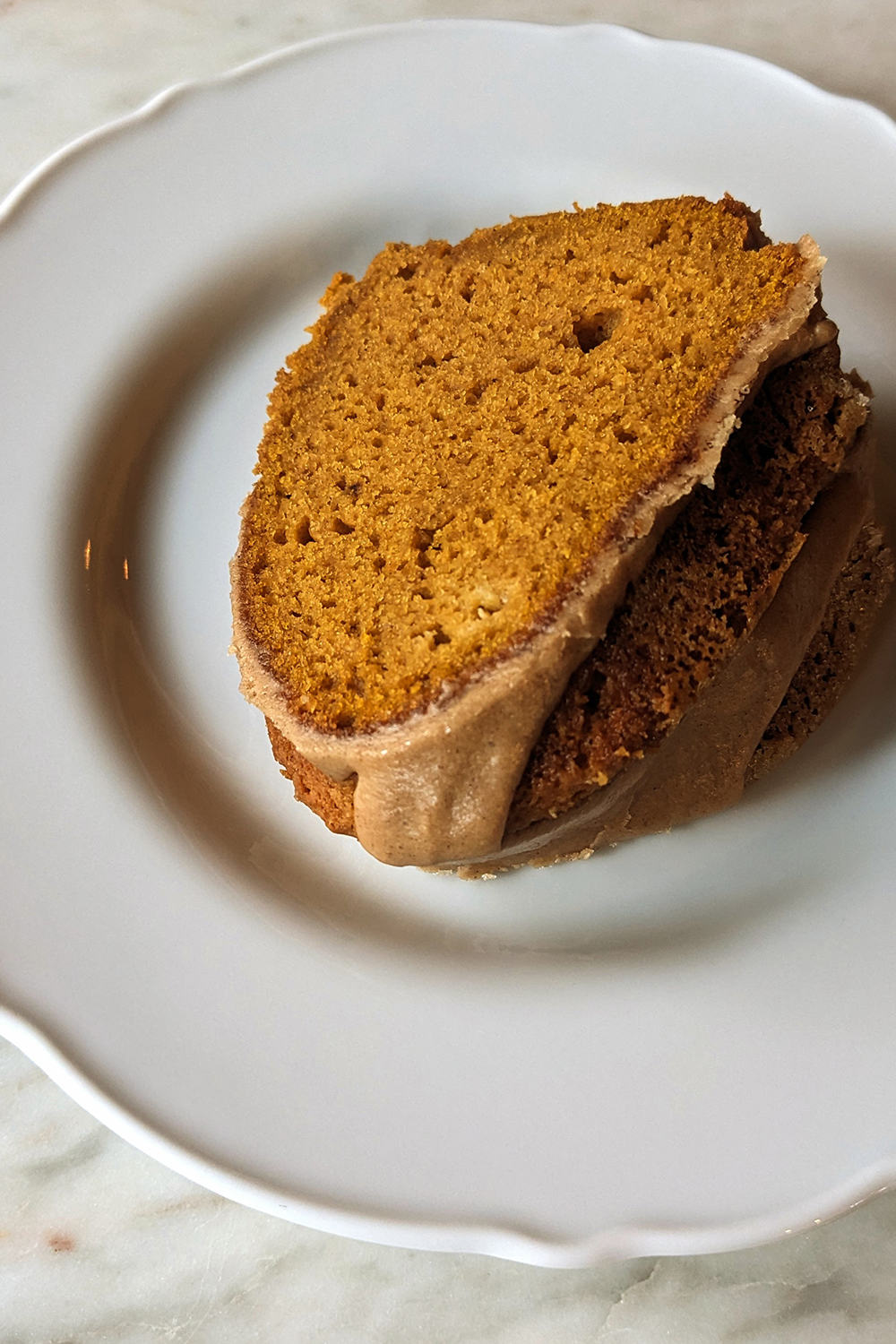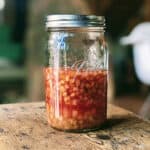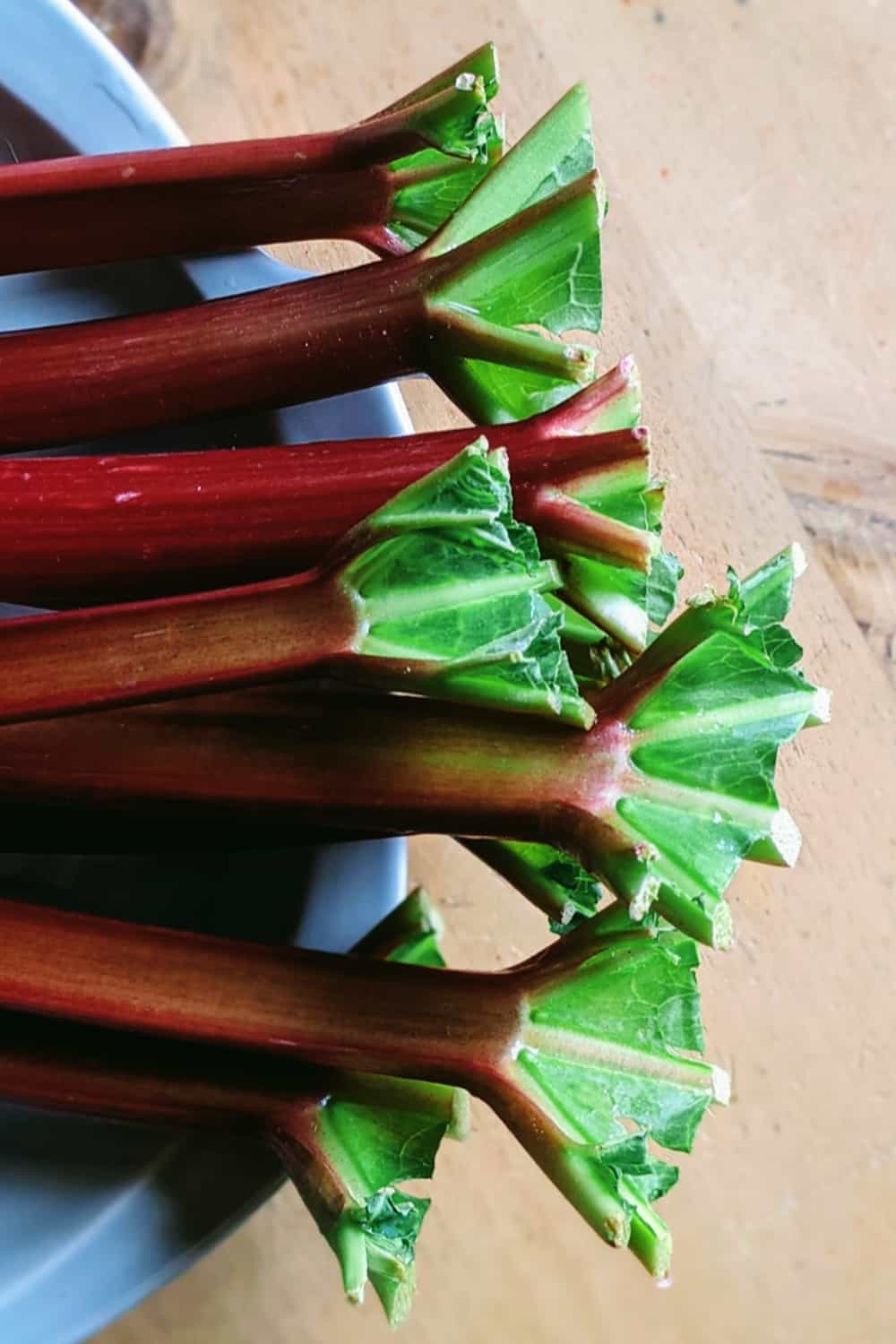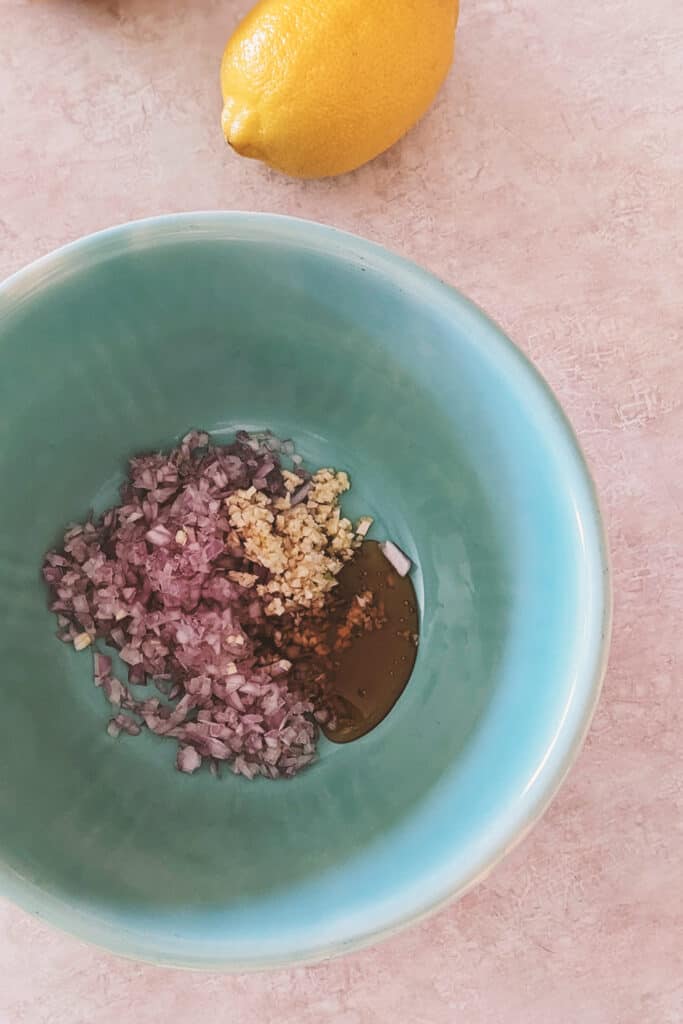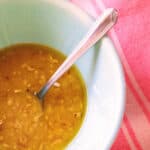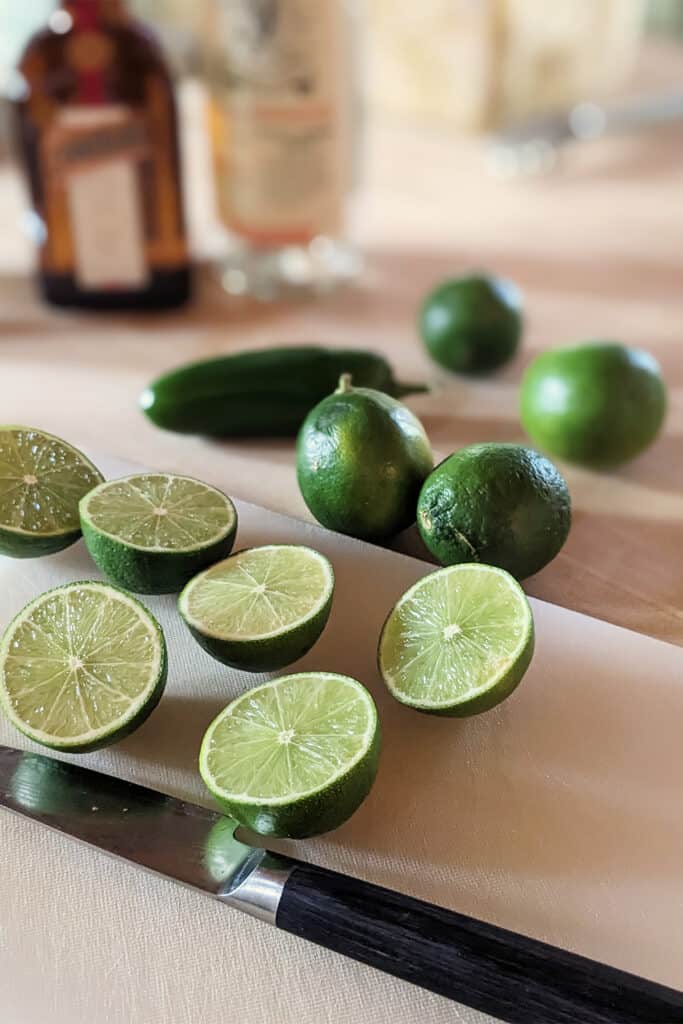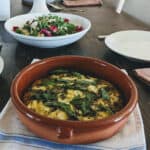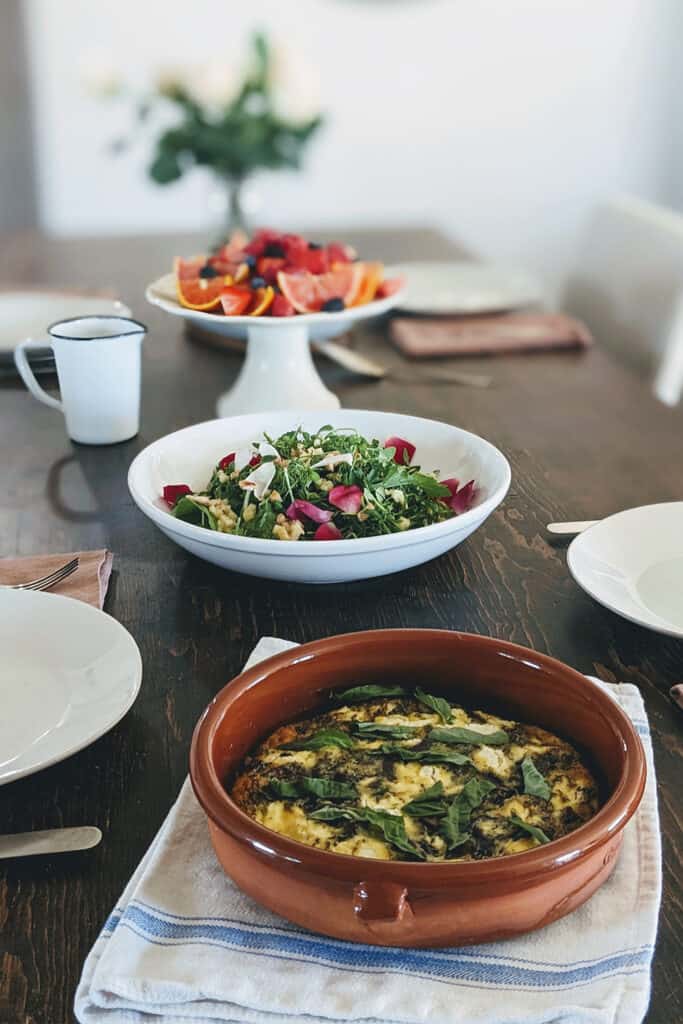This weekend I went on a hike with a friend and saw the first cluster of leaves turning gold. I stopped at the store, picked up a can of pumpkin puree, and headed home, knowing that I’d have all of the other ingredients I needed to whip up this hearty dose of pumpkin and spice.
It’s true, the basic components for this recipe are foods you probably already have hanging around. But over the past couple of years, after a few too many sitcom-worthy basking fiascos, I have taken a deep dive into baking at high altitude.
High elevation technique
Santa Fe sits at just over 7,000 feet at its lowest points. And since baking is affected as low as 3,000 feet in elevation, there is no way of getting around it here. The first thing I learned is that as we travel higher in elevation, air pressure decreases. And air pressure is what makes our understanding of general baking rules, proportions, time, and temperatures what it is. Low air pressure is what causes water to boil at lower temperatures (at 7000 feet, 198.9 F. to be exact) and in baking it does two main things: it causes liquids to evaporate faster and makes baked goods rise faster and easier. I now understand that my exploding cakes were the result of high pressure rising so quickly that the cell walls inflated and burst.
To remedy this I employ a few well-known high elevation techniques: I decrease leavening agents (here the baking powder and baking soda) and sugar a bit, I increase liquid, and just for added cellular structure, I usually add an extra egg. Then I send the cakes into the oven with hope and good wishes and try my very best not to open the oven door to take a peek until it’s time.
Weighing ingredients
A good pastry chef almost always weighs their ingredients instead of measuring them since this is the most accurate way to bake. I love the idea of this and agree that it’s undoubtedly the best way to ensure consistent bakes. I approach a hybrid version, where I weigh the ingredients that are most likely to vary between weighing and measuring. Here, it’s the flour. It doesn’t take much for flour to settle into a measuring cup and significantly alter the final amount being used. I keep a small digital scale in a drawer and pull it out for this very reason. Other baking ingredients like cane sugar and even packed brown sugar are more measuring cup friendly.
No bundt, no problem
I’m happy to report that this Pumpkin and olive Oil Cake responded well and finished baking at exactly the one-hour mark. If you don’t have a bundt cake pan, it’s ok! A loaf pan, two regular cake pans, or even a 9×13 baking dish will work. A number of years ago, my mother-in-law gifted me this heavy-duty bundt pan, so I love any excuse to put it to use.
An autumn glaze
For the glaze, I keep it simple with brown butter and pumpkin spice, but if I’m honest, I wanted to add some red chile powder. I didn’t want my kids’ noses to turn up at “mama’s spicy cake” so I left it out this time. Another addition that would be lovely, is a light sprinkling of pumpkin seeds, pinon nuts, or pecans on top of the glaze right after it’s poured and before it’s had a chance to dry.
I’ll leave these important decisions up to you.
PrintHigh Altitude Pumpkin Spice & Olive Oil Bundt Cake
This olive oil bundt cake recipe contains a hearty dose of pumpkin and spice making it the perfect dessert treat for fall with friends.
- Prep Time: 1.5 hours
- Cook Time: 1 hour
- Total Time: 3 hours
- Yield: 1 bundt cake
- Category: dessert
- Method: bake
- Cuisine: american
Ingredients
for the cake:
- 3 c. (360 g.) all-purpose flour
- 1 t. baking soda
- 1 1/2 t. baking powder
- 1 T. pumpkin spice
- 1 1/2 c. brown sugar
- 3/4 c. olive oil
- 3 eggs, room temperature
- 3/4 c. sour cream
- 1 (15 oz.) can of pumpkin puree
for preparing the pan:
- olive, coconut or avocado oil spray
- 1/4 c. can sugar
for the brown butter glaze:
- 2 T. salted butter
- 1/4 c. maple syrup
- 1 c. powdered sugar
Instructions
Preheat the oven to 350 F.
In a medium bowl, whisk together the flour, baking soda, baking powder, and pumpkin spice.
In a separate bowl of a stand mixer with a whisk attachment, add the brown sugar, olive oil, and eggs. Whisk over medium speed until the mixture is light and fluffy, around five minutes.
Turn off the mixer and add the sour cream and pumpkin puree. Whisk again for a couple of minutes. Turn off the mixer again and add the flour mixture. Turn on the mixture for just another minute or so, until everything comes together.
Right before you are ready to bake the cake, prepare the bundt pan: Generously spray the inside of the bundt pan with the oil spray. Now sprinkle the can of sugar all around and knock out any excess in the sink. Pour in the batter, using a spoon or spatula to help guide you around the center of the pan. Bake for one hour, or until a paring knife inserted comes out clean.
Let the cake rest in the pan for 15 minutes before inverting it onto a cake stand or a cooling rack. Let the cake cool completely before pouring on the glaze.
After the cake is cool, make the glaze (so it doesn’t harden): In a small saucepan over medium heat, melt the butter. Let it start to bubble until the color shifts from golden yellow to golden brown. When folks first make brown butter it can be tempting to stop as soon as you see the color start to change. I encourage you to keep a close eye on the butter, but let it deepen just a shade or two more. We don’t want it to turn black and burn, but your patience will be rewarded if you can hold out for a deeper brown, trust me. Turn off the heat and carefully pour the brown butter into a bowl or pitcher. Whisk in the maple syrup and powdered sugar until smooth. The glaze should be thick but pourable.

Pour the glaze over the top of the cake, slowly turning the cake stand or plate as you go. Wherever you want the glaze to drip down, just slightly pause moving the cake stand before continuing around to glaze the entire cake.
